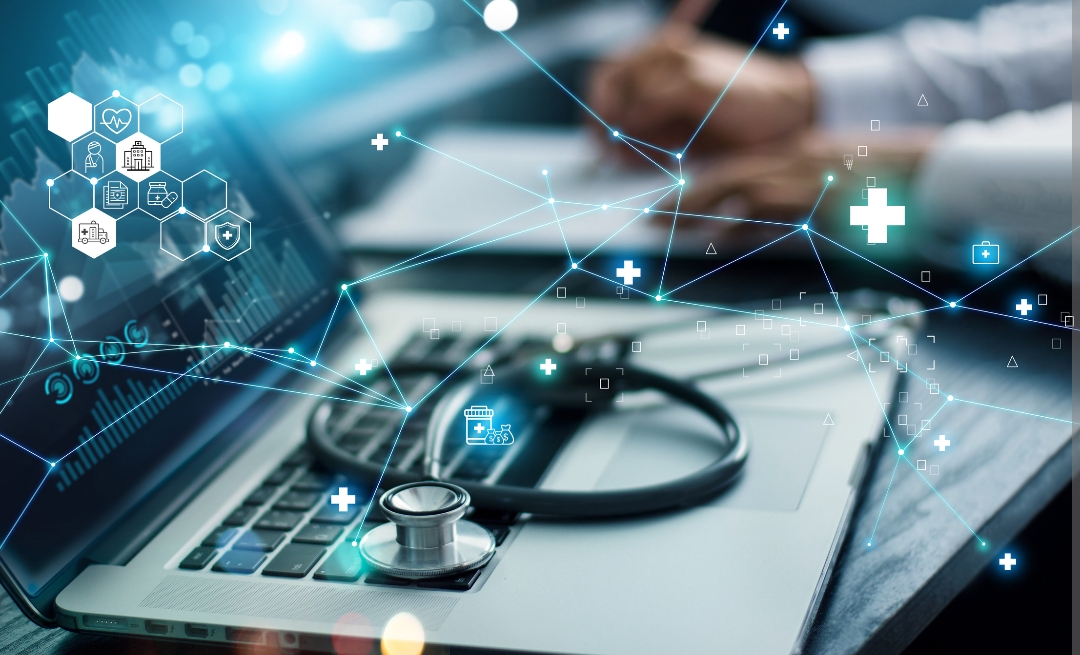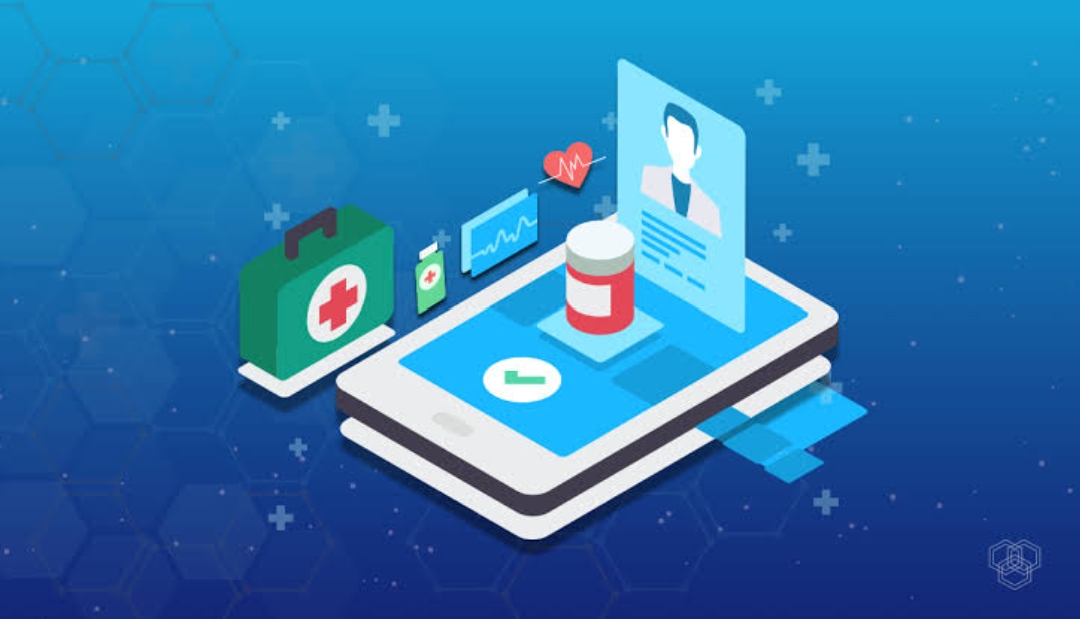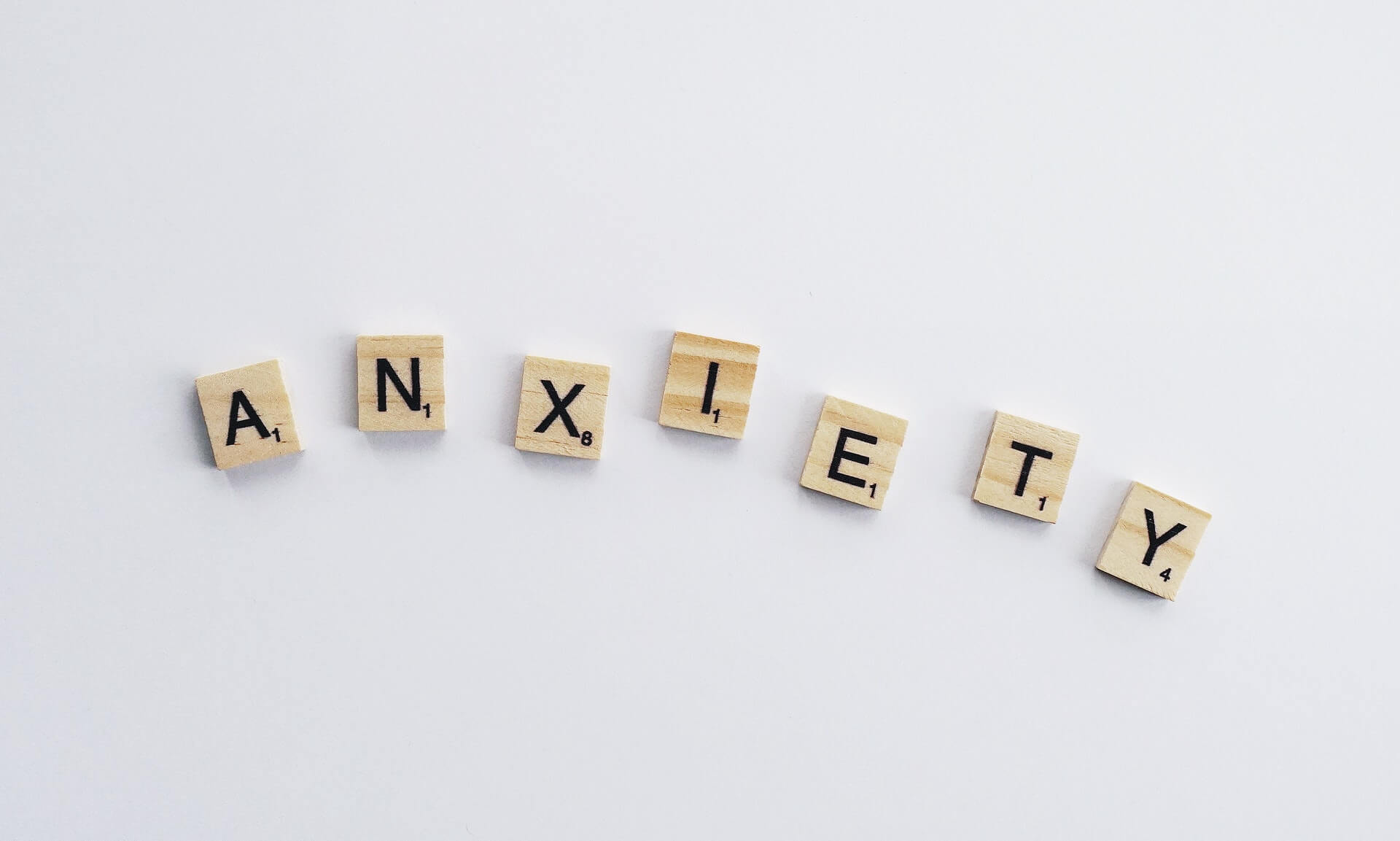
Technology for Mental Health: How it Inspires a Better Well-Being
In terms of mental health support and data collection, technology has ushered in a new era. Mobile devices such as cell phones, laptops, and tablets are offering new ways for the general public, physicians, and researchers to seek support, track improvement, and gain a greater understanding of mental health. However, as technology progresses, so do healthcare choices. Each stage of mental health treatment and management has its own set of resources. There are more sophisticated systems developed for mental health care, although some of these are more basic inside websites. According to the same source, almost two-thirds of people suffering from mental disabilities never seek care. This may be due to a number of factors. People either are unaware that they have an issue or fail to accept it. People are reluctant to seek help because of the negative stigma, or they actually do not know where to look for help. Furthermore, certain obstacles discourage people from obtaining professional assistance. This makes it difficult to monitor and control their mental health, which can exacerbate the problem.
Easy but effective mobile mental health support is available. Anyone who can send a text message, for example, can contact a crisis center. New technology can also be bundled into a highly advanced smartphone or tablet app. Such apps may collect data on a user’s usual behavior patterns using the device’s built-in sensors. Telemedicine not only offers convenience and increased connectivity, but also provides a technology forum for promoting collaboration and enabling the clinical implementation of technology-driven therapies.
Another issue is that most data is self-reported by patients, which makes it vulnerable to cognitive biases and forgetfulness. Technology for Mental Health can help here as well: many of us carry powerful computers in the form of smartphones on our person. These have access to a broad range of data, including how we move in physical space, how much physical exercise we do, how engaged we are with our friends, families, and wider social world, how we speak, and what kinds of content we consume on the internet. Both of these will help us quantify changes in our behavior and mental states objectively.
Technology has become an inextricable part of our digital lives, and there is no excuse to ignore it. However, you should strike a balance with your digital experiences and minimize your use of apps and resources that aren’t helpful to your mental health. Choose the best choices, and you’ll still be able to see the good side of technology!











